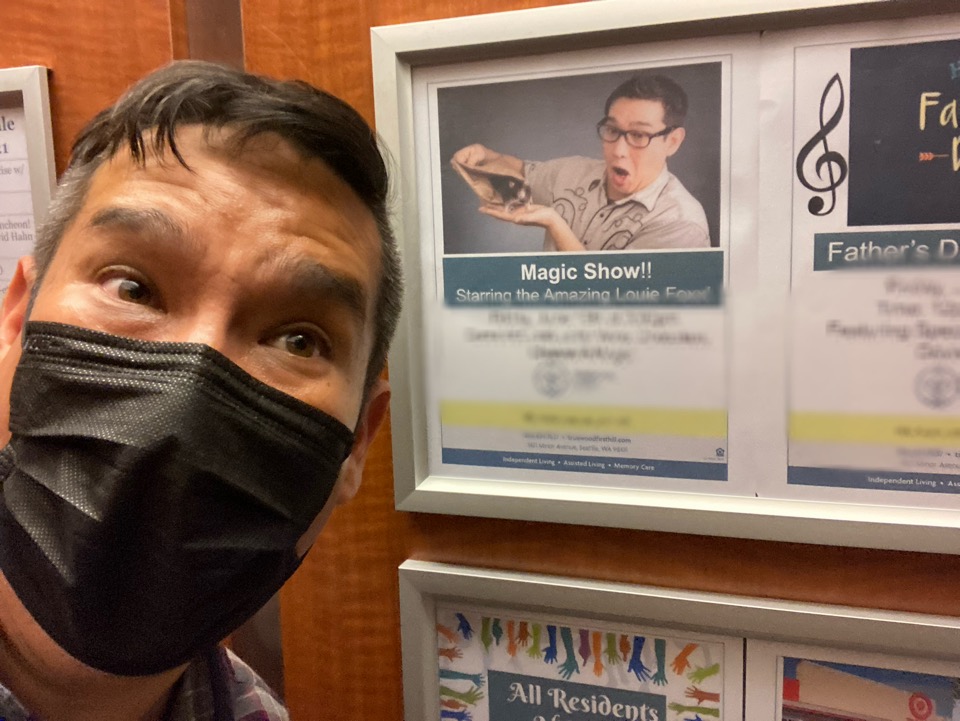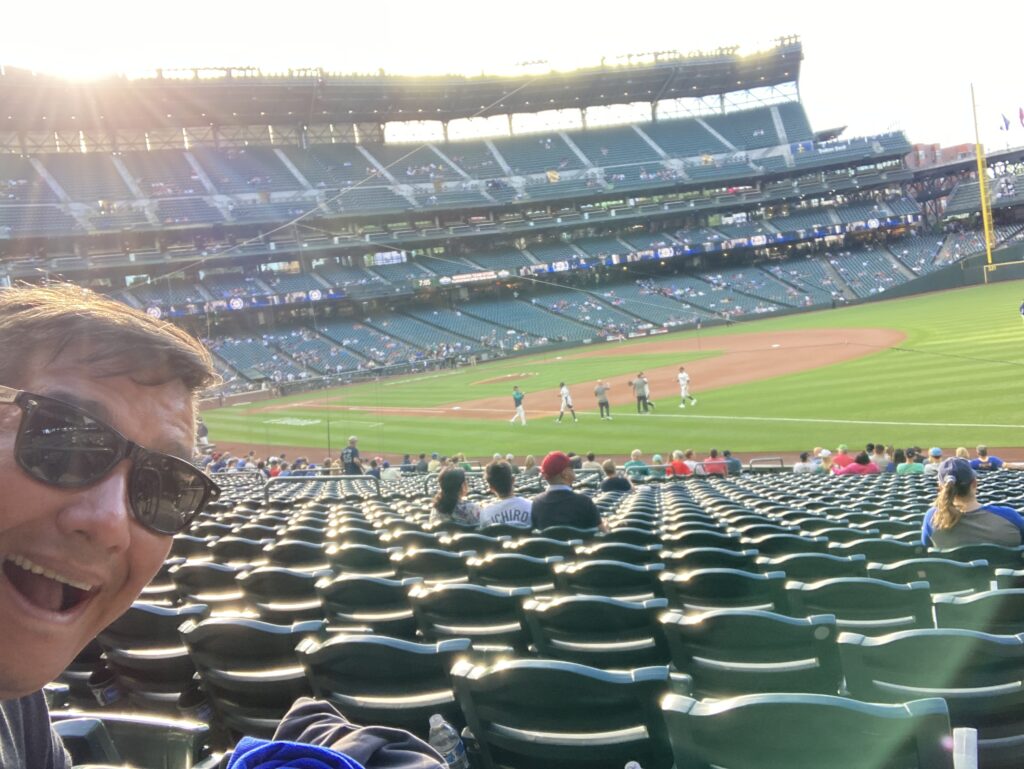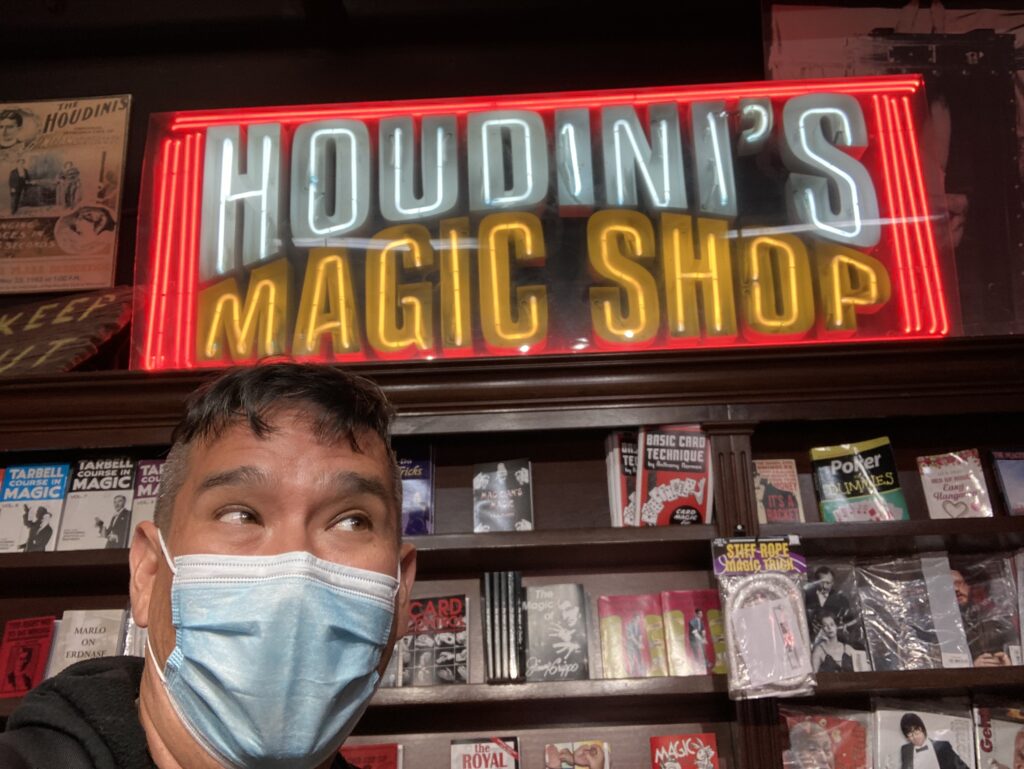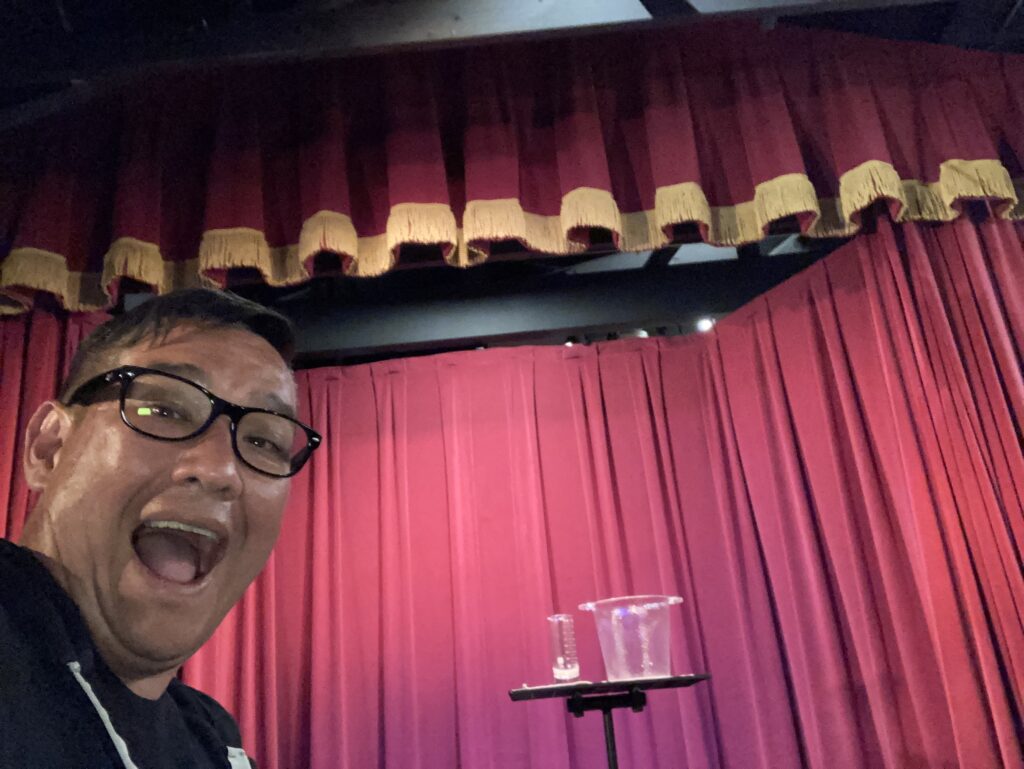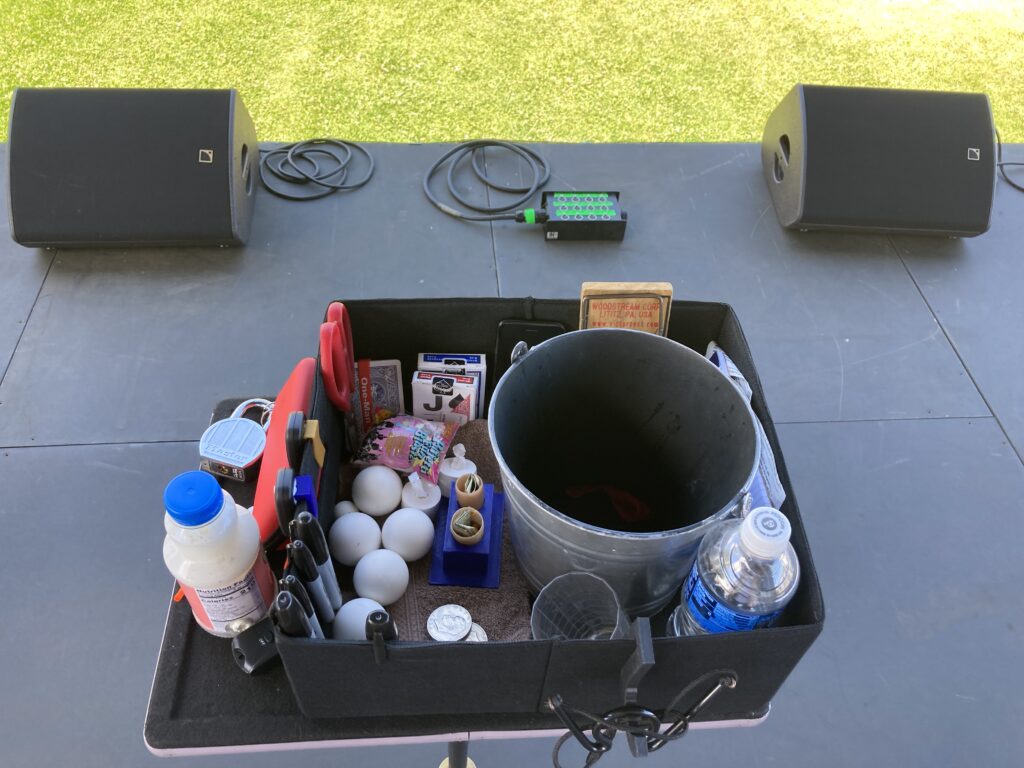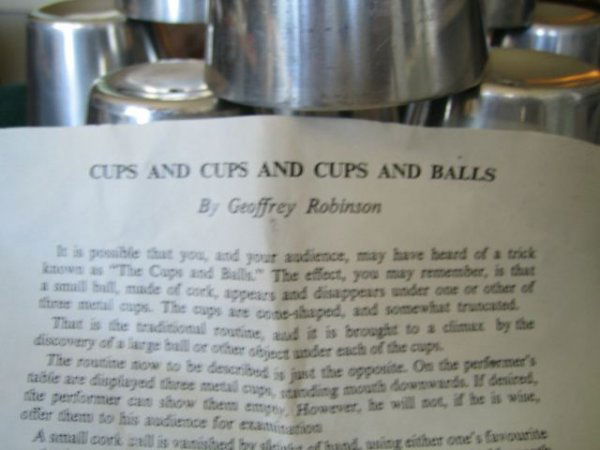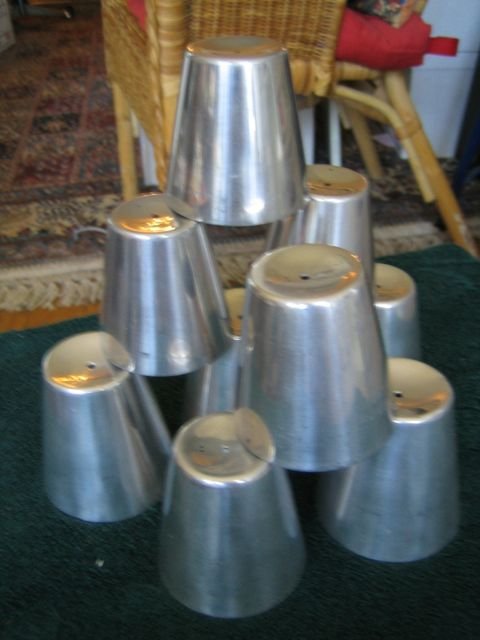Many years ago I used to buy magic collections of magicians who had passed. I would keep the books or props that I wanted and resell the rest. It’s been a while since I have done that for myself. Last year a did sell off a collection of magic that was a friend of mine who had passed and all the money went to his son.
The other day I was contacted about a magic collection and went out and picked it up. The person had one of my Evaporation tricks, and this was from the original run of 36 that I sold at a magic convention in Canada.
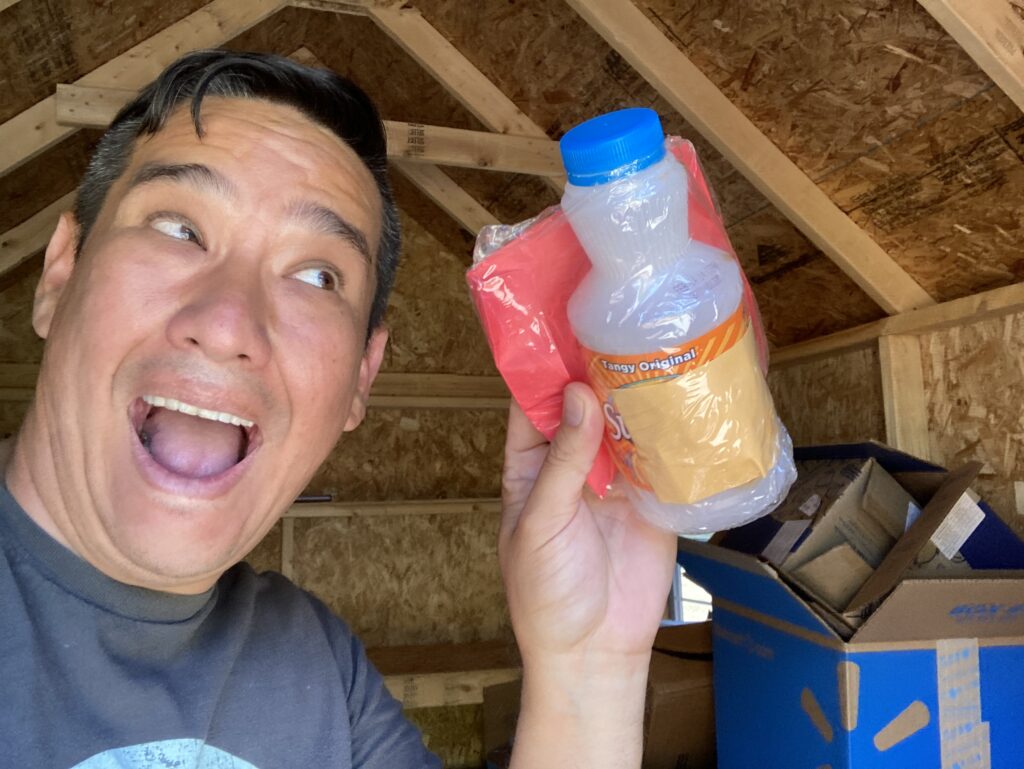
One thing that I think people don’t realize is that most of the stuff in a magic collection is worthless. Usually about half is unsellable because it’s damaged, counterfeit or shipping would cost more than the prop.
You should be realistic about what your collection is worth and to not really count things that have a used value of less than $20. Sure, they do add up, but they are hard as hell to sell!

